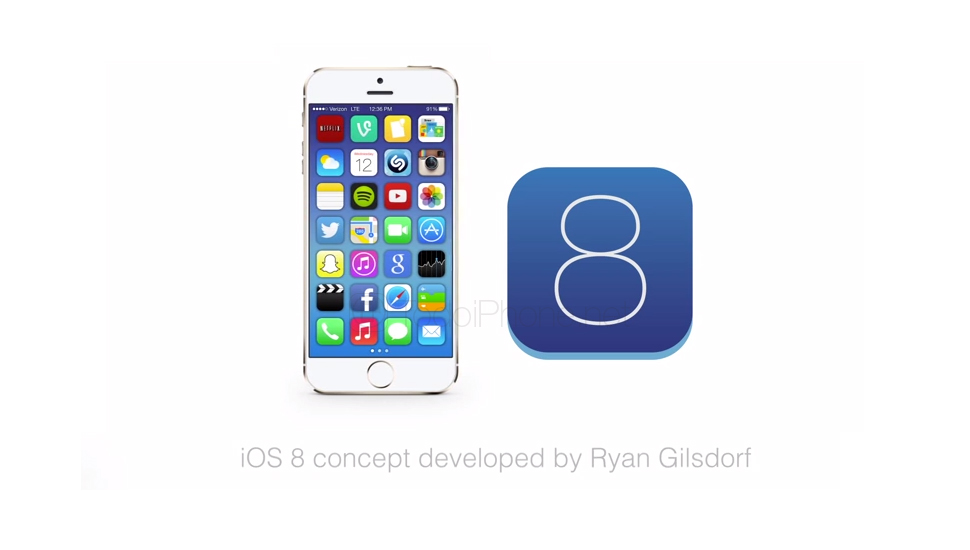Sony Upcoming Mobile's And Features
Hello Friends! Sony is expanding its Xperia lineup by introducing the T3, a mid-range offering that ships with the thinnest profile of any 5.3-inch smartphone. Pricing and exact availability have not been announced just yet, but a global launch of the Xperia T3 is set for the end of July.The Xperia T3 ships with a 5.3-inch 720p HD Triluminos display, along with a 1.4GHz quad-core Qualcomm Snapdragon processor, 1GB RAM, 8 megapixel rear camera, and 1.1 megapixel front-facing shooter. While still impressive, the specs on the Xperia T3 plants it in the middle of the spectrum, which will likely give the smartphone a cheaper starting price.

Internal hardware aside, the Xperia T3's design is also impressive. It does retain the Omnibalance approach that Sony introduced in the Xperia Z, but the T3 comes in at only 7mm and weighs only 148 grams. Compare this to the 8.1mm thin Samsung Galaxy S5 and the 7.6mm iPhone 5s. Of course, it comes with the usual Sony features and software, which is more understated than most custom Android interfaces. It's feels closer to stock Android, and I appreciate that.Sony's relationship with US carriers has gotten stronger in the past few years, debuting the Xperia Z and Z1S on T-Mobile and rumors have pointed to a Verizon-bound Xperia Z2. This in no way means that the T3 will be coming to the US, but it could be a very nice addition to a carrier's portfolio of mid-range smartphones.

Internal hardware aside, the Xperia T3's design is also impressive. It does retain the Omnibalance approach that Sony introduced in the Xperia Z, but the T3 comes in at only 7mm and weighs only 148 grams. Compare this to the 8.1mm thin Samsung Galaxy S5 and the 7.6mm iPhone 5s. Of course, it comes with the usual Sony features and software, which is more understated than most custom Android interfaces. It's feels closer to stock Android, and I appreciate that.Sony's relationship with US carriers has gotten stronger in the past few years, debuting the Xperia Z and Z1S on T-Mobile and rumors have pointed to a Verizon-bound Xperia Z2. This in no way means that the T3 will be coming to the US, but it could be a very nice addition to a carrier's portfolio of mid-range smartphones.
\ 

ALSO READ : CLICK HERE
ALSO UPCOMING MOBILE"S : CLICK HERE






















